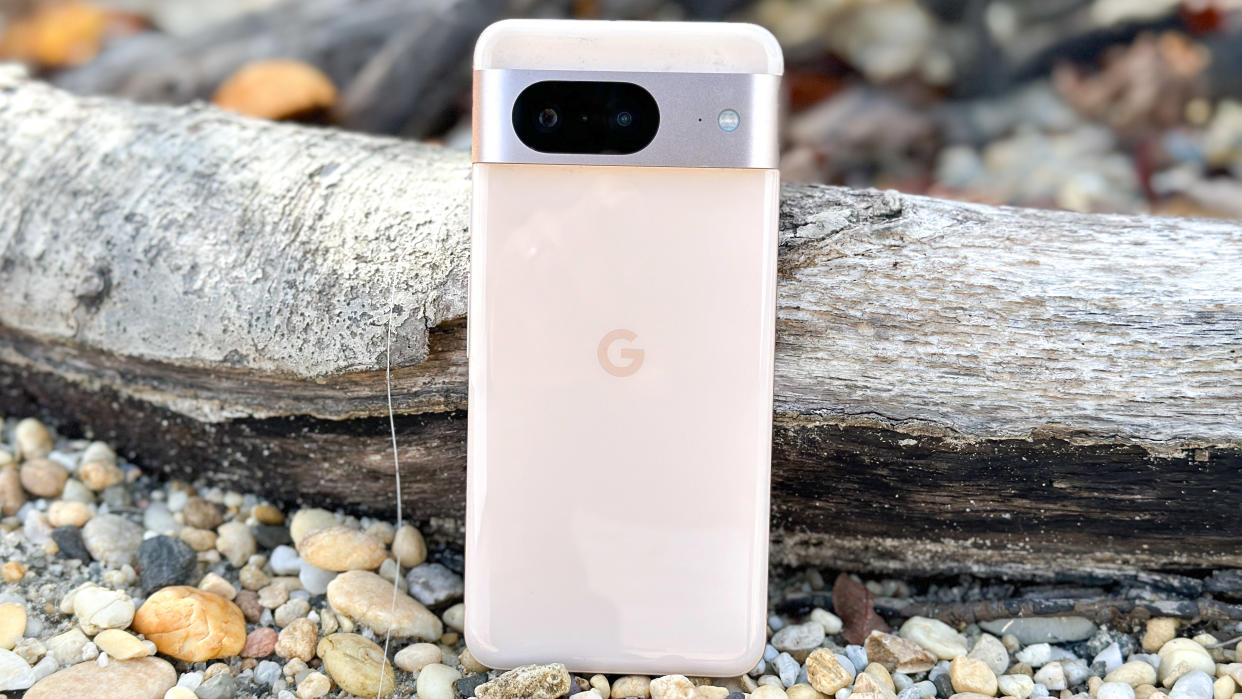Google's Find My Device network has officially launched — here's what it does

It's been a long time coming, but at long last, Android users will have the same device-locating features Apple users have enjoyed.
Starting on Monday (Apr. 8), Android device owners in the U.S. and Canada will get access to the new Google Find My Device network. Similar to Apple's Find My, Google's solution allows users to track down their lost devices, and will even work with handsets that are offline.
Find My Device allows users to locate their Android smartphone or tablet on a map. Starting next month, users will be able to locate keys, wallets, or other gadgets thanks to Bluetooth location tracking. Google said that Chipolo and Pebblebee, two Bluetooth tracker tag makers, will work with the platform outside the box, and additional companies, including Eufo and Motorola, will be adding Find My Device compatibility to their Bluetooth tracking later this year.
Google's new app also includes a Find Nearby function that will allow users to request their handset seek out devices near to them that are also connected to their accounts. With help from Find My Device, users can also share the location of a device with others.
Perhaps most interestingly, Find My Device also uses Google-owned Nest products to help users locate items throughout the home. If users are looking for an item attached to their accounts, can't find them, and have Nest products, they can request Find My Device to use the location of their Nest devices to triangulate the location of their lost items. Upon doing so, Nest devices become a point of reference for locating items throughout the home.
Of course, Find My Device also includes many other features, including the ability to have lost devices play a sound to more easily locate them. Users can also remotely disable devices if they fear a device is lost for good and don't want to risk theft.
If all that sounds familiar, it's because many of the Find My Device features are also available in Apple's Find My network. Like Google's option, Apple offers the ability to track down lost items with ease. In today's mobile market, it's critical to offer that feature. With a billion users around the globe, it's nice to see it come to Android.
As convenient as Find My Device may seem, Google has also taken into account some privacy and safety considerations.
Indeed, the company confirmed that location data shared with users is encrypted from end to end. Although Google uses crowdsourced data from other users' devices to find lost items that are offline, the company was quick to note that no personally identifiable information is shared. To preserve user safety against stalkers or other bad actors trying to monitor a person's location, Google also has built-in limits on how many times a device's location can be pinged.
"A malicious user is often trying to engage in real-time tracking of a person," Google wrote in a blog post on Monday. "By applying rate limiting and throttling to reduce how often the location of a device is updated, the network continues to help find items, like your lost checked baggage on a trip, while helping mitigate the risk of real-time tracking."
Google's Find My Device tracking is rolling out to Android devices in the U.S. and Canada starting on Monday. In the coming weeks, it will be available to devices in other territories.
